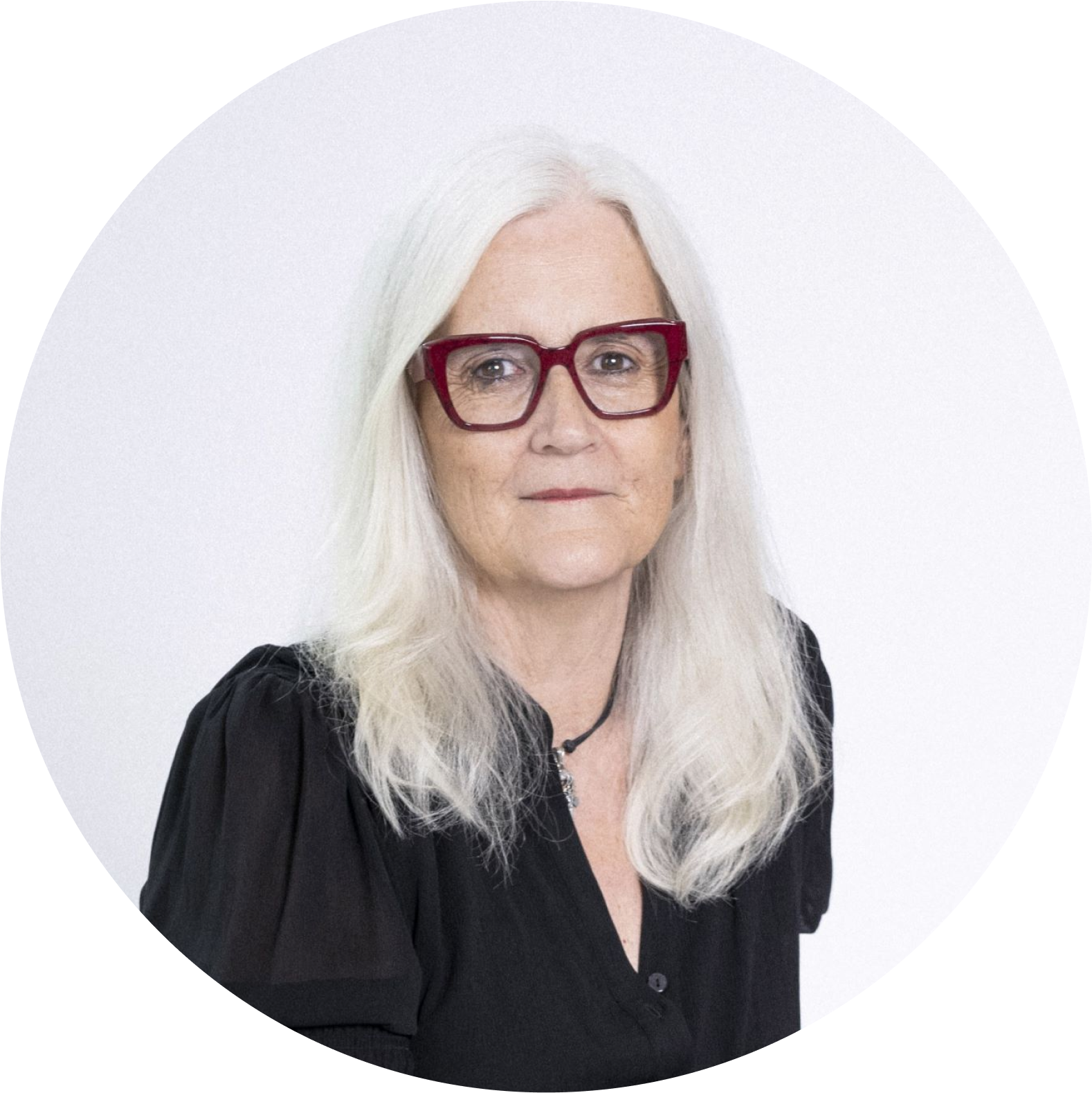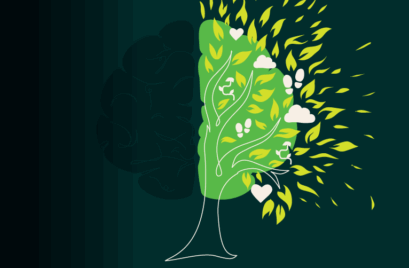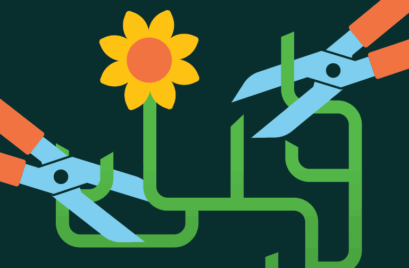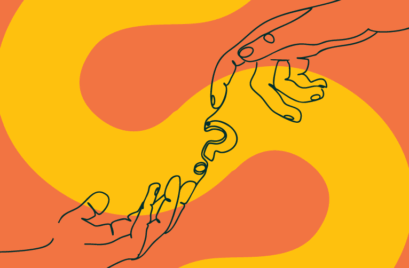
It’s been said that creative thought is at the core of human progress. In this context, it can be seen as the reason we enjoy our contemporary way of living and technological advancements. And yet creative thought is still regarded by many with the kind of mystification bestowed upon the “genius” artist. This includes the lingering belief that the capacity to be creative is due to the luck of the genetic lottery.
Hand in glove with this notion is the myth that creativity strikes like a lightning bolt and, therefore, the creative thinker is at the whim of their muse.
Happily, none of this folklore is accurate. While creative thoughts may indeed appear unexpectedly, they are not random and unpredictable occurrences, but the result of a process that anyone can nurture and nourish.
Flexing Individual Creativity
This “process” combines certain ingredients: environment, mindset, and importantly… practice. Ask any writer, musician or artist and they will tell you the importance of regularly flexing their creative muscles. Irregular use leads to more irregular use.
If you think of muscle memory as “a neurological process that allows you to remember certain motor skills and perform them without conscious effort,” then the consistent, repetitive use of the creative processes strengthens and helps build more automatic “creative” neural pathways, or creative “muscles.”
When we exercise our creative muscles, we become better conditioned to being curious and also more able to transcend the limitations we apply to ourselves in our everyday thinking and planning. With repetitive creative-muscle use, we begin to find strength and reward in the mental workout of “what is possible”, and those positive associations further build more desire and capacity.
Creativity at Work
But creativity is not just a muscle to be flexed in our private moments. It can also be our greatest work asset, especially when we are able to operate in a culture of creative appreciation.
In the past, most workplaces did not consciously celebrate or encourage the creative mindset. It was seen as an “other state” to be provided by outsiders. And yet the reality is that every day we practice finding creative solutions, using creative forecasting, and daydreaming ideas.
Recently though, as the positive benefits of creativity have been more widely researched and recognised, it has become a more intentional practice within organisations.
Creative Play
The creative process can sometimes be manifested as “play,” which in the work context may appear to some as inappropriate. And yet, we now know that “playing” at work:
- keeps us functional when under stress
- refreshes our mind and body
- encourages teamwork
- helps us see problems in new ways
- triggers creativity and innovation
- increases energy and prevents burnout
Play can free our minds and stimulate our imagination in a way that helps us solve complex, adaptive challenges. Adaptive challenges usually involve a cultural shift and a new way of thinking. To realise the shift, we have to be able to envisage it, and play unlocks our receptivity to possibilities.
So, when you need a creative solution or initiative, try dipping into this simple creative play toolbox, to shake up the thinking culture in your workplace, and spark boundary breaking ideas.
Creative Play Ideas
- Dancing
- Daydreaming
- Blowing Bubbles
- Doodling
- Singing loudly
- Reading Aloud
- Dressing up
Engaging in creative play is one way to begin to build a creative culture. However, fostering an environment that allows space for creativity to flourish is the first step.
Creative Courtyards – Supporting Creative Thought
Practicing creative thought is not the only ingredient in being creative. Our brains also require “fallow time,” where we step away from tasks and deadlines to give space and energy to ideas. In our leisure time, we are more likely to indulge these idle moments of the imagination, but in the bustle and turmoil of the workday, they may feel non-productive.
So how can we configure our workplace culture, so that it validates “fallow-time” creative thinking against concrete tasks and outcomes? And why should we?
Why should we?
Intrinsic to the practice of creative thought are curiosity, engagement, discovery, risk taking and collaboration. These attributes position us to imagine newness, problem solve, and see the big picture. The natural consequences of these attributes also supercharges our energy and motivation levels and keep us in a growth mindset.
Creative thought is also an essential step in the design thinking process, which many rely on for driving innovation. This alone is a significant value add to any organisation. Evidence suggests that a culture of creative thought allows us to fail better. The creative process embraces productive failure and sees it as generative and necessary. Sometimes this process can also teach us to lean into modifying and adapting ideas or revisiting initial goals.
How can we?
However, encouraging creative, innovative thought at work may require a reconceptualisation of what we consider productive versus idle time. Innovation will more likely flourish when our team members are afforded these kinds of moments:
- Alone Time – outside meetings to focus on original thought
- Task-free Time – so the mind can fall fallow
- Time to Play – for Imagineering and daydreaming
- Time to Reflect – learning from past creative efforts, integrating life experience
Google, for instance, are an organisation that are intentional in how they support their individual team member’s creativity for innovation. They ensure that several creative ingredients are always present:
- A well communicated shared vision
- Autonomy to allow people to define their own work where possible
- Psychological safety to take risks
- And high levels of connection and collaboration
The organisation has a 20% rule which encourages team members to focus one full day per week of their work time on a passion project, where they can engage elements of play and imagination.
These opportunities are further supported by Google’s overall focus on team well-being, providing their people with a host of benefits “health” including nap pods for the post lunch slump.
Though not all organisations can sustain the Google model, there are less resource-heavy alternatives. For instance, we now know that enabling people to make progress in meaningful work is the best single way to support creative thought. Our inner work life is affected by our perception of whether what we’re doing is meaningful. “Small wins”, or a small amount of progress, will elevate both our motivation levels and our creative thought.
From a leaders’ point of view, this tells us that giving individuals and teams recognition for their work, contributes significantly to bolstering the creative mindset and practice. Combined with giving them space to think and rediscover their natural curiosity, we will soon find that their creativity will begin to unlock both individual and system-wide potential.
Need More Help?
Keen to find out more about how to support creative thought in your workplace culture? Performance Frontiers help guide leaders and organisations to create the space for creativity as an essential step in the design thinking process, ultimately driving innovation. Speak to Morgan today about how we can partner with you to rediscover natural curiosity and unlock both individual and system-wide potential.
While every effort has been made to provide valuable, useful information in this publication, this organisation and any related suppliers or associated companies accept no responsibility or any form of liability from reliance upon or use of its contents. Any suggestions should be considered carefully within your own particular circumstances, as they are intended as general information only.







